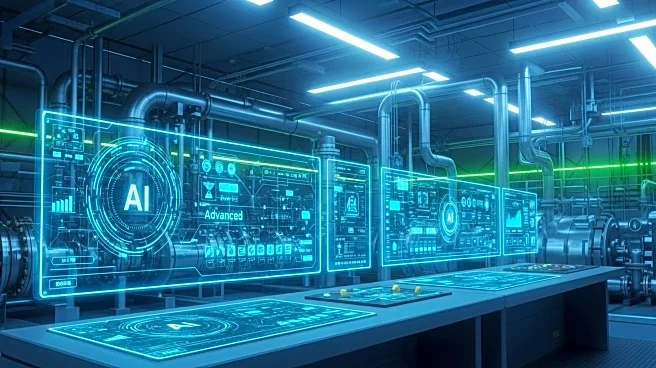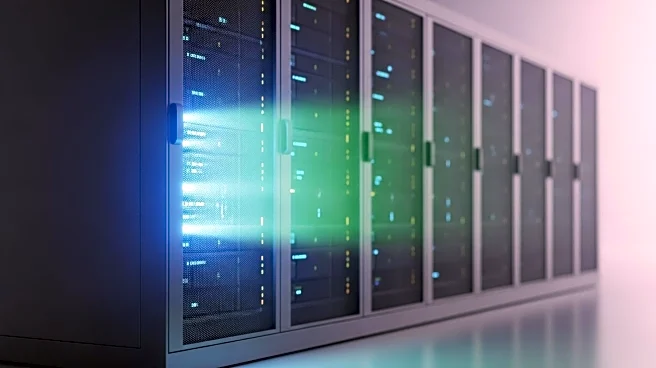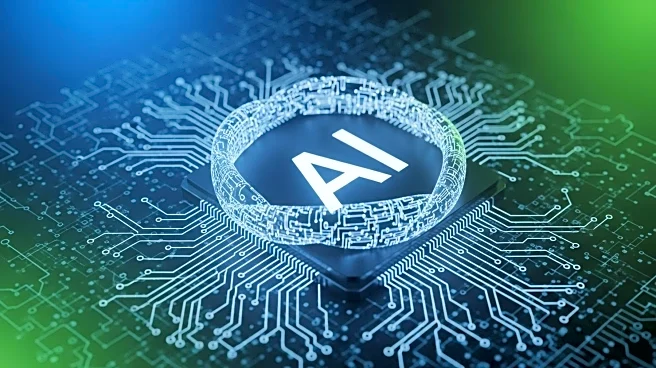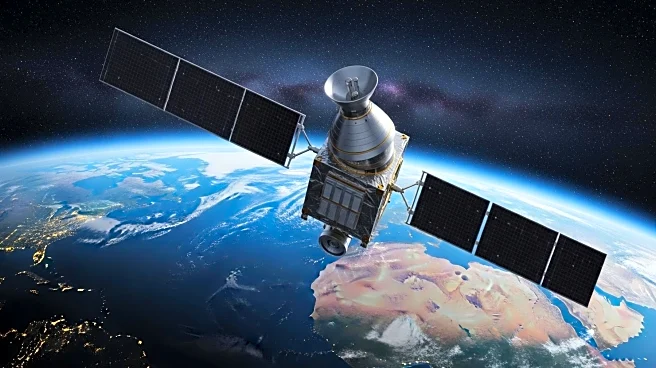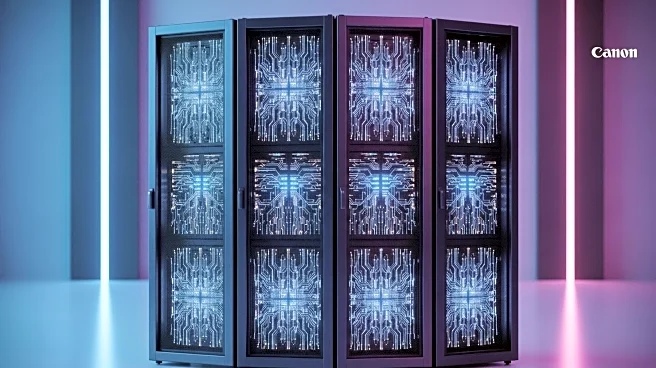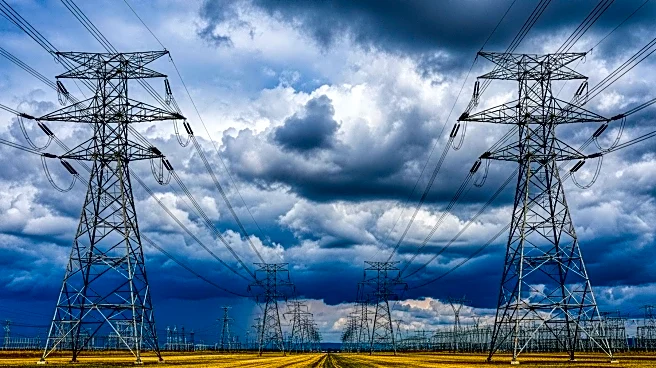What's Happening?
America's power producers are increasingly turning to artificial intelligence (AI) to address the challenges posed by a rapidly evolving grid, aging infrastructure, and rising demand. The North American Electric Reliability Corporation (NERC) has highlighted the risks facing the power sector, including outdated planning assumptions and infrastructure interdependencies. In response, power producers are exploring knowledge graph-based AI systems that integrate diverse operational inputs such as sensor data, outage records, and weather forecasts. These systems enable predictive decision-making and help identify potential stress points. AI is also being used for predictive maintenance, allowing operators to anticipate equipment failures and allocate resources more effectively. This approach is seen as crucial for meeting the growing power demand from electrification and data centers.
Why It's Important?
The integration of AI into power plant operations represents a significant shift in how energy is managed in the U.S. By leveraging AI, power producers can enhance grid reliability and efficiency, which is critical as demand increases due to factors like building electrification and the rise of electric vehicles. The ability to predict and mitigate infrastructure failures can prevent costly outages and improve service continuity. This technological advancement also supports national security interests, as emphasized by President Trump, by ensuring a stable and resilient power grid. However, the reliance on AI also necessitates careful oversight to avoid potential risks associated with AI decision-making errors.
What's Next?
As power producers continue to adopt AI technologies, there will likely be increased collaboration between AI developers and energy companies to refine these systems. Regulatory bodies may also develop new guidelines to ensure the safe and effective use of AI in critical infrastructure. Stakeholders, including government agencies and industry leaders, will need to address the ethical and operational challenges of integrating AI into the power sector. The focus will be on creating AI systems that are transparent and explainable, allowing human operators to understand and trust AI-driven recommendations.
Beyond the Headlines
The adoption of AI in power generation could lead to broader changes in the energy sector, including shifts in workforce requirements and the need for new skills. As AI takes on more predictive and analytical roles, there may be a reduced need for certain manual tasks, potentially impacting employment. Additionally, the success of AI in power plants could serve as a model for other industries facing similar challenges, such as transportation and manufacturing, further driving the adoption of AI across various sectors.
